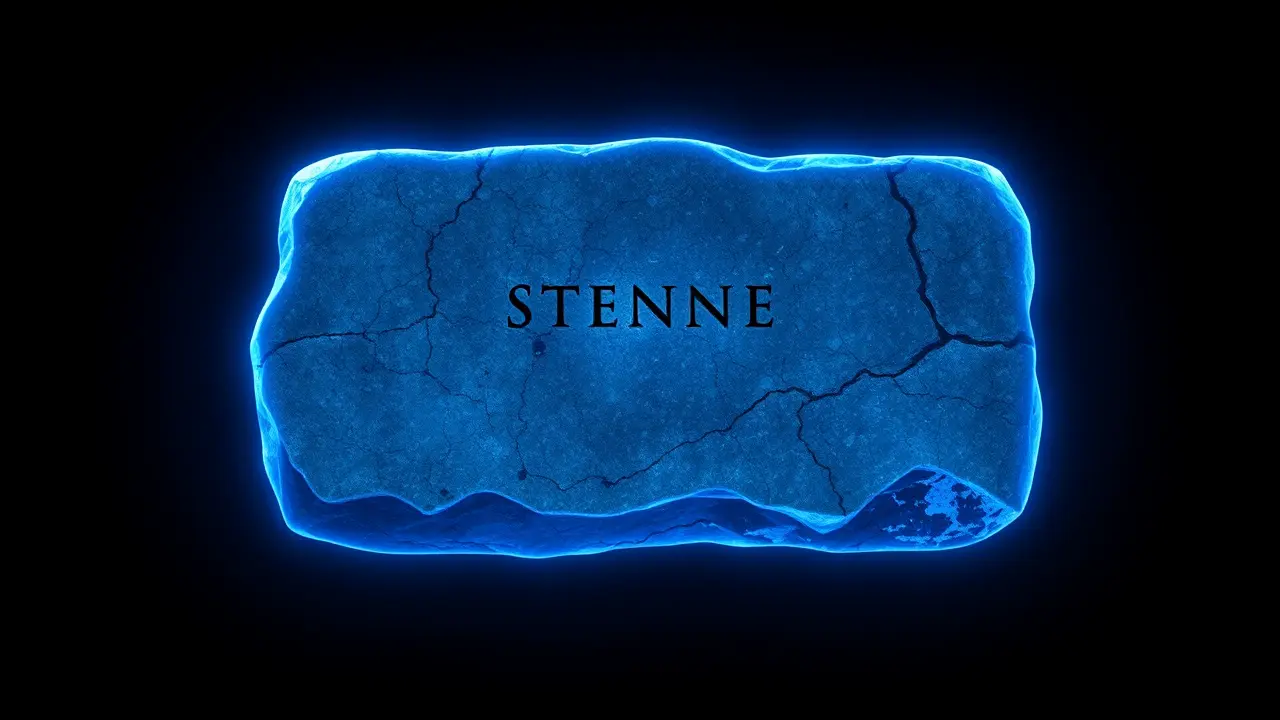
SciencearchaeologyExcavations and Discoveries
Lost Fragments of Historic Stone of Destiny Discovered in New Research.
AN
Andrew Blake
3 hours ago7 min read1 comments
In a discovery that feels like it was pulled from the pages of a historical thriller, long-lost fragments of the Stone of Destiny, the ancient symbol of Scottish monarchy, have been identified in the most unlikely of places: a Scottish brooch, the lining of a 19th-century stagecoach, and the collection of an Australian museum. This isn't just a story for dusty academics; it's a tangible thread connecting us to a past so dramatic it rivals any modern political saga.The Stone of Scone, as it's also known, is that block of sandstone upon which Scottish kings were crowned for centuries before being swiped by King Edward I of England in 1296 as a brutal symbol of subjugation. It resided in Westminster Abbey for 700 years, embedded in the Coronation Chair, a physical trophy of English dominance, until a group of Scottish students staged a daring repatriation heist on Christmas Day 1950, briefly returning it to Scotland before it was formally returned in 1996.Now, this new research, spearheaded by historians and geologists, has used modern scientific analysis to match the mineralogy and historical provenance of these disparate fragments back to the original stone, confirming their authenticity. Think about that for a moment: a piece of the very stone that felt the weight of Robert the Bruce, a sliver of the artifact that was the centerpiece of a nation's identity, ended up as a keepsake in a private jewel or was somehow transported across the world to a museum in Australia.It raises so many questions. Who were the people who possessed these fragments, and how did they acquire them? Were they souvenirs from a time when the stone was more accessible, or were they deliberately chipped away as acts of political or personal sentiment? This discovery opens up a whole new chapter in the object's biography, moving beyond the grand narratives of kings and conquests to the intimate, human stories of those who secretly cherished a piece of their heritage.It complicates the stone's journey, suggesting its history is not one of a single, monolithic object, but of a relic that was, in a sense, always fragmenting, its power and symbolism scattering across the globe. For Scotland, this is more than an archaeological footnote; it's a reinforcement of cultural endurance. As the stone continues to play its role in British coronations—it was most recently used in the ceremony for King Charles III—these recovered pieces remind us that history is not a closed book but a living, breathing entity with secrets still to surrender, connecting a brooch in Scotland, a coach in England, and a museum in Australia to the enduring legend of a nation's destiny.
#Stone of Destiny
#fragments
#archaeology
#historic artifact
#featured
#research
#discovery
#cultural heritage
Stay Informed. Act Smarter.
Get weekly highlights, major headlines, and expert insights — then put your knowledge to work in our live prediction markets.
© 2025 Outpoll Service LTD. All rights reserved.